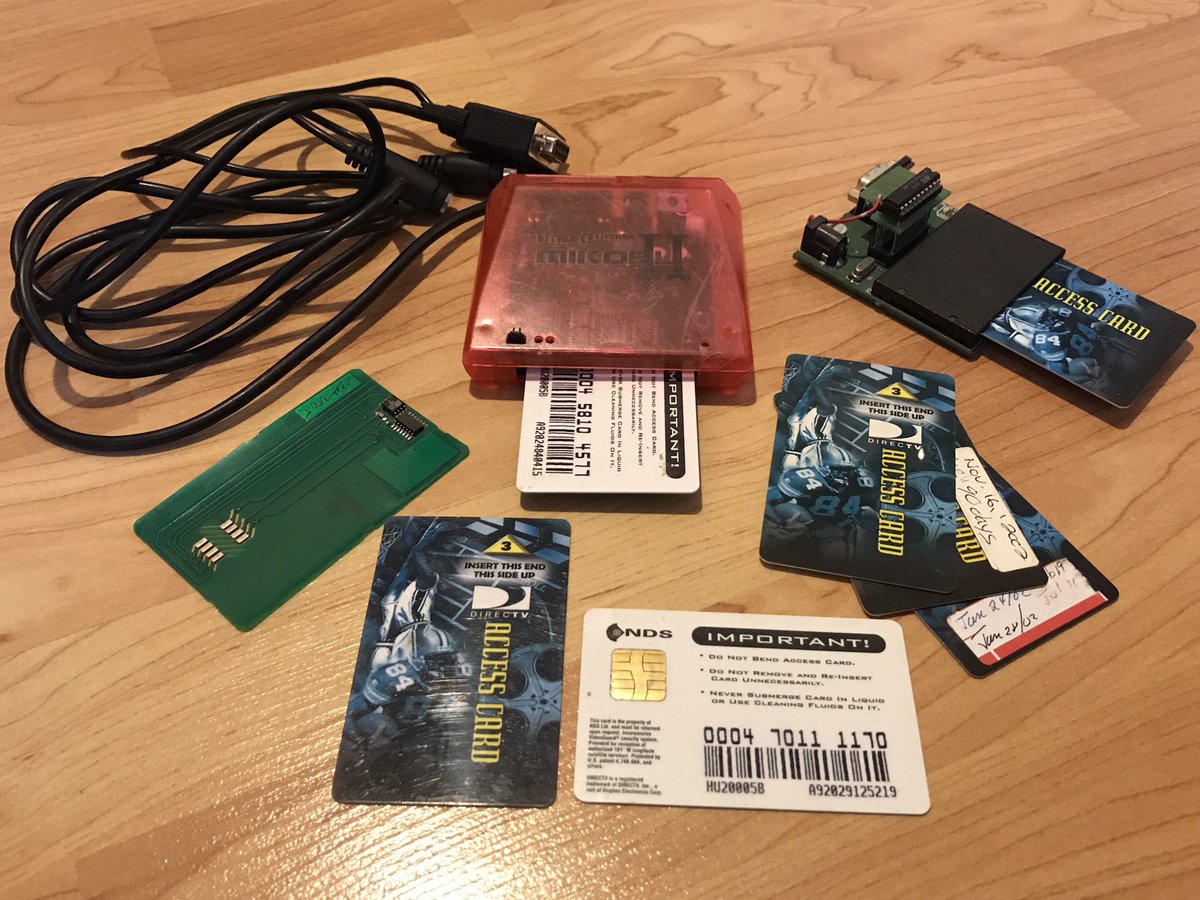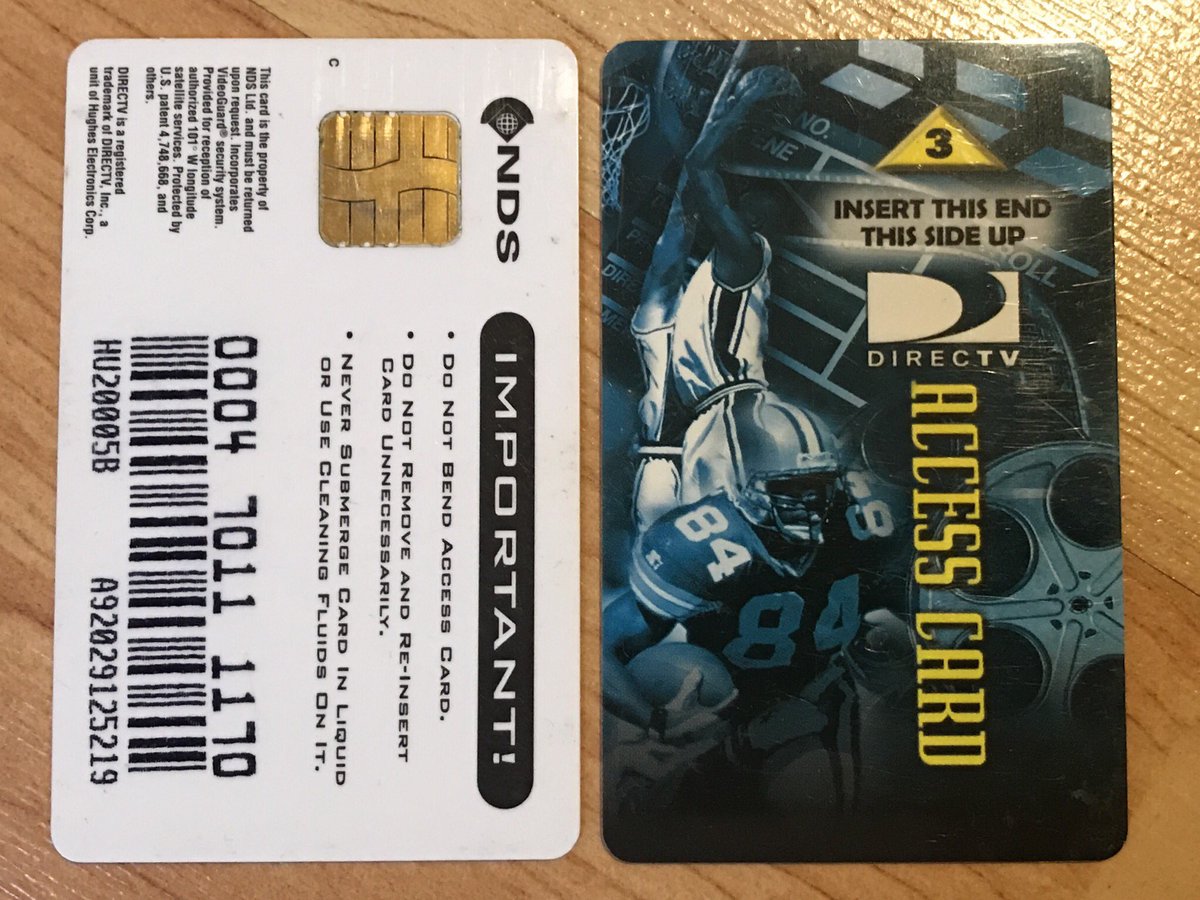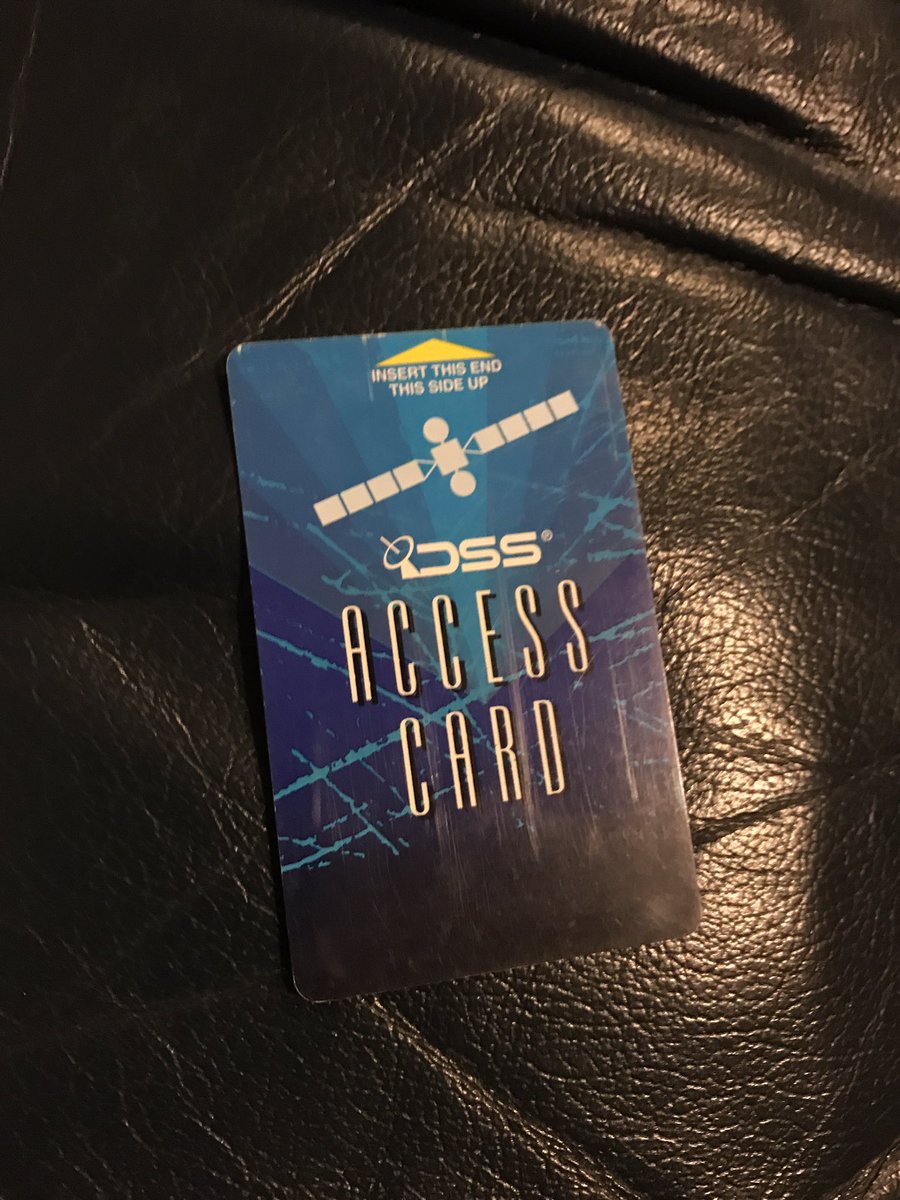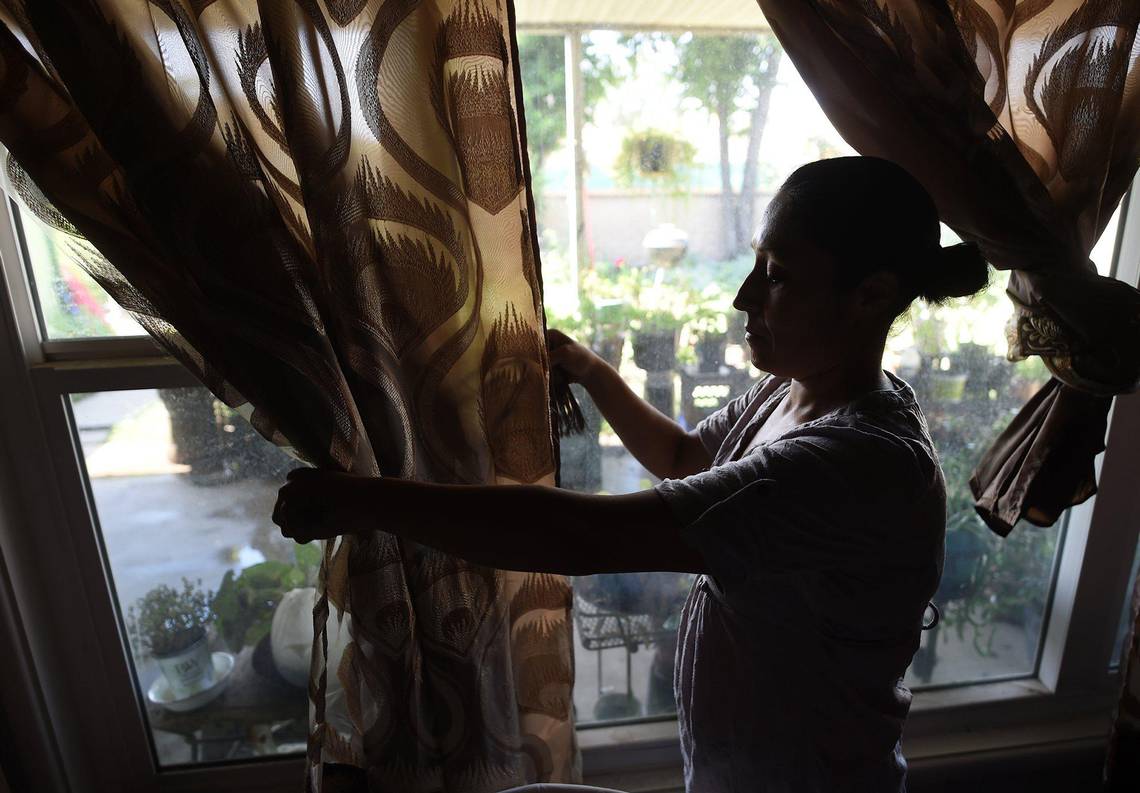#tvpiratehistory

en.wikipedia.org/wiki/Captain_M…

anarchivism.org/w/Satellite_Wa…
(If anybody knows about the SUN board I would love to hear about it!)
upi.com/Archives/1996/…
web.archive.org/web/1999022019…
I have been telling other stories from the satellite piracy days of the 90s/2000s - you can find links to other stories in this thread:















